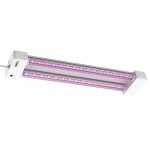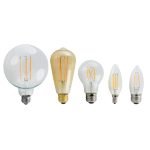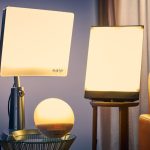LED Light Bulbs: How Much Electricity Do They Really Use?
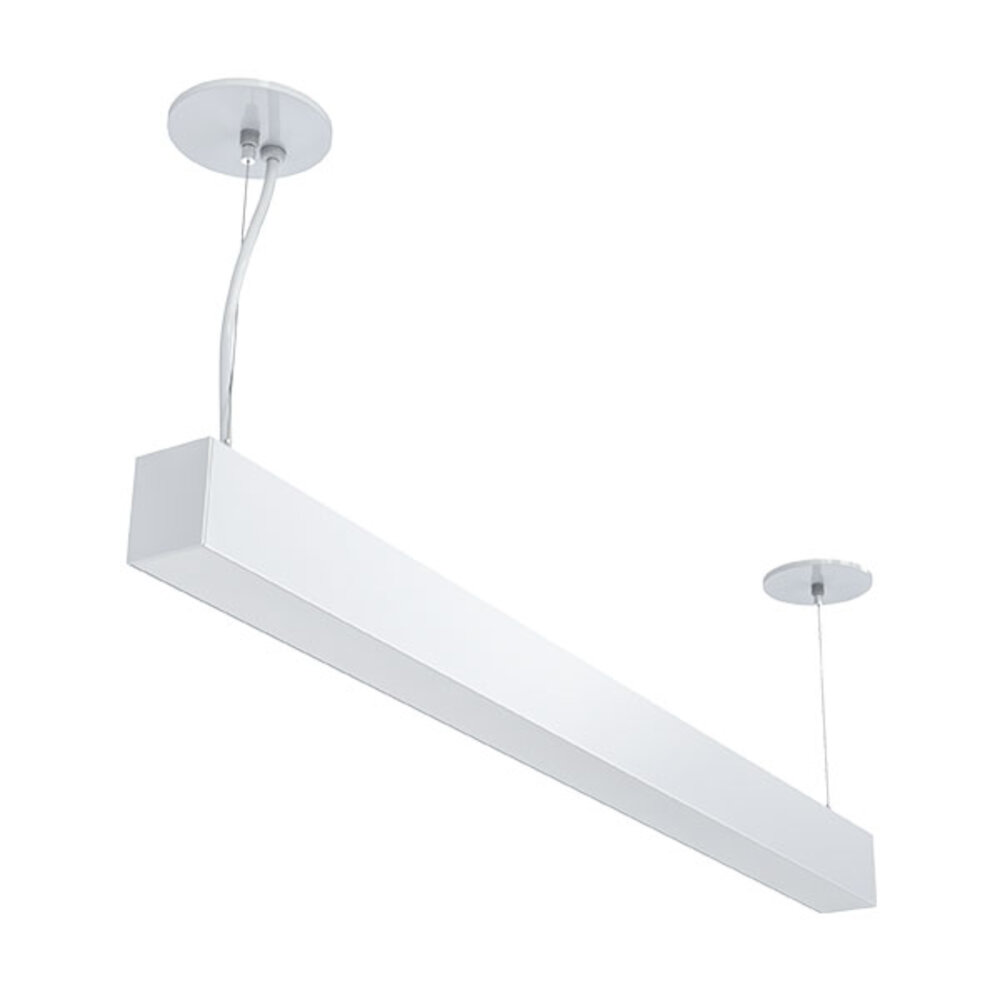
LED light bulbs have become a popular choice for homeowners and businesses alike due to their energy efficiency and long lifespan. But how much electricity do they really use compared to traditional incandescent bulbs? Understanding the energy usage of LED bulbs can help consumers make an informed decision when it comes to choosing the most efficient lighting option for their needs. LED stands for \light-emitting diode,\ and these bulbs work by converting electrical energy into light. Unlike incandescent bulbs, which produce light by heating a filament, LED bulbs generate very little heat, making them much more efficient. In fact, LED bulbs use up to 80% less energy than traditional bulbs, which can translate to significant cost savings on electricity bills. But how does this energy usage compare to other types of bulbs, and what factors can impact the amount of electricity an LED bulb consumes?
What are LED Light Bulbs?
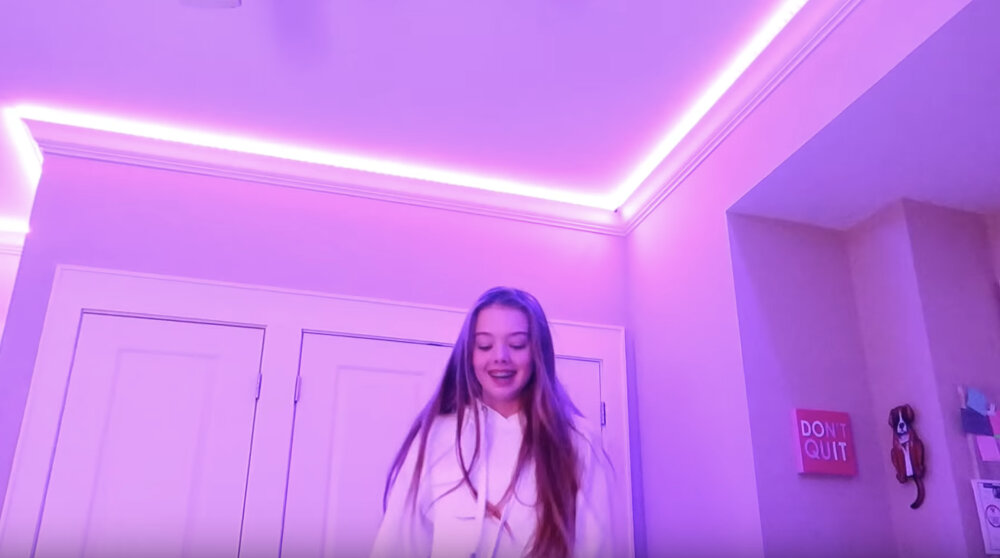
LED light bulbs are a type of lighting technology that uses light-emitting diodes (LEDs) as a source of illumination. Unlike traditional incandescent light bulbs, which generate light by heating a filament until it glows, LED bulbs produce light through a process called electroluminescence. This means that they use far less energy to produce the same amount of light, making them a highly efficient and eco-friendly lighting option. LED bulbs are also known for their long lifespans, with some models capable of lasting up to 25 years or more. In addition to their energy efficiency and longevity, LED bulbs are also highly versatile and customizable. They come in a wide range of colors, from warm yellowish hues to cool blues and greens, and can be dimmed or brightened to suit any mood or occasion. Some LED bulbs are even compatible with smart home systems, allowing users to control their lighting remotely using a smartphone or other device. With all of these benefits and more, it’s no wonder that LED bulbs have become one of the most popular lighting options on the market today.
How Much Electricity Do LED Light Bulbs Use?
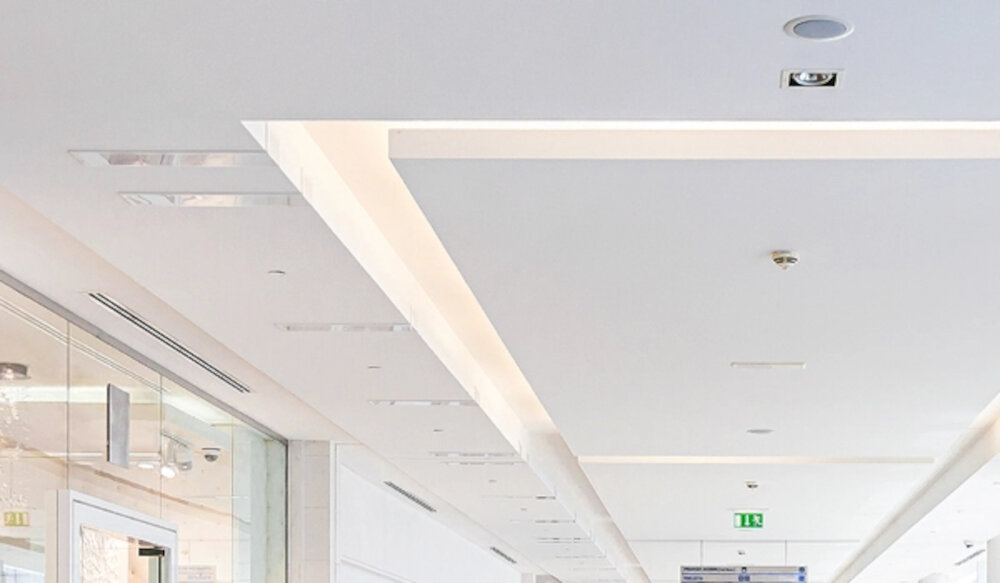
LED light bulbs are becoming increasingly popular due to their energy efficiency and longevity. They are significantly more efficient than traditional incandescent or fluorescent bulbs, which waste a lot of energy as heat. LED bulbs use only a fraction of the electricity needed to produce the same amount of light as incandescent bulbs. For example, a 60-watt incandescent bulb can be replaced by a 10-watt LED bulb, which will produce the same amount of light. This means that LED bulbs use up to 85% less electricity than incandescent bulbs, resulting in lower energy bills and a smaller carbon footprint. The amount of electricity that LED bulbs use depends on their wattage and the number of hours they are used each day. On average, a 9-watt LED bulb that is used for 4 hours a day will consume about 13 kilowatt-hours (kWh) of electricity per year. This is significantly less than the 60 watts used by an incandescent bulb for the same amount of time, which would consume around 87 kWh per year. LED bulbs are also more versatile and can be used in a variety of settings, from homes and offices to outdoor lighting and commercial applications. Their energy efficiency and long lifespan make them a smart investment for anyone looking to save money on energy bills and reduce their carbon footprint.
Benefits of Using LED Light Bulbs
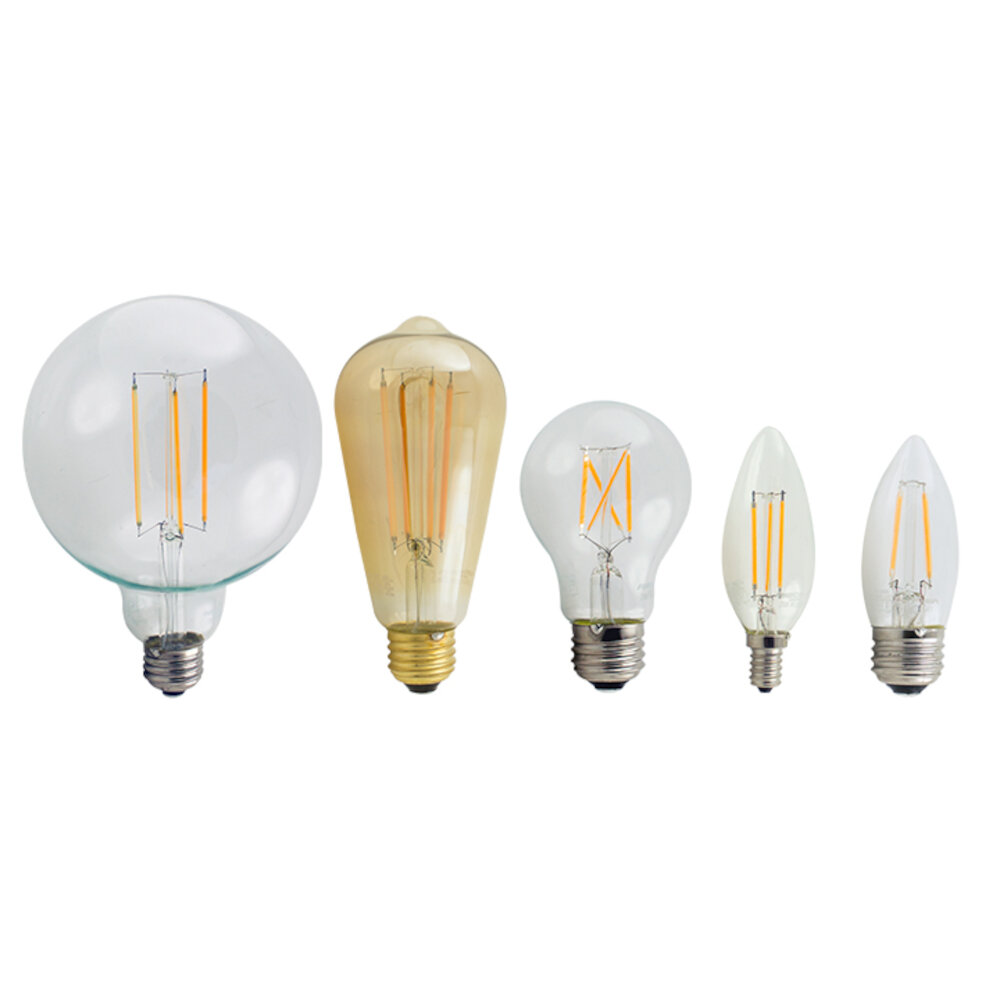
LED light bulbs have gained immense popularity in recent years due to their efficiency and long-lasting nature. These bulbs use up to 80% less energy than traditional incandescent bulbs, making them a cost-effective option for households and businesses alike. LED bulbs are incredibly versatile and can be used in a variety of settings, from residential homes to commercial buildings. They emit minimal heat, which means they are safe to touch and do not pose a fire hazard. This also makes them a safer option for use in areas where children or pets may be present. In addition to their energy efficiency, LED light bulbs have a much longer lifespan than traditional bulbs. They can last up to 25 times longer than incandescent bulbs and up to 3 times longer than compact fluorescent bulbs. This reduces the need for frequent replacements, which not only saves money but also reduces waste. LED bulbs also come in a variety of colors and brightness levels, allowing consumers to customize the lighting in their homes or businesses to their specific needs. Overall, the benefits of using LED light bulbs go beyond just energy efficiency and cost savings, offering a safer, longer-lasting, and more customizable lighting solution.
Conclusion
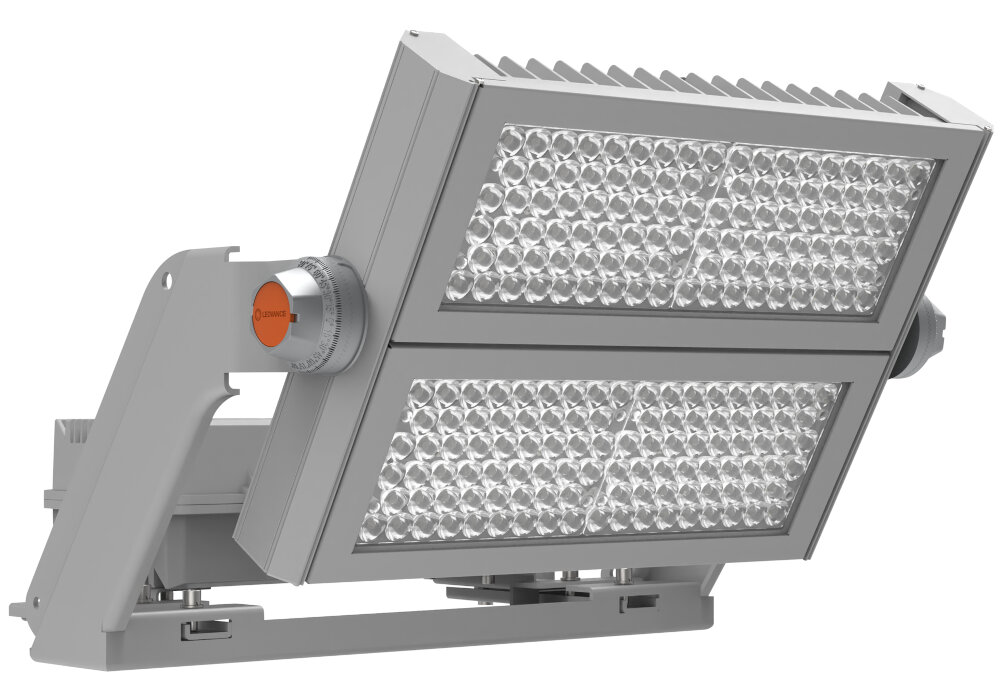
In conclusion, LED light bulbs are a highly energy-efficient lighting option that can help reduce electricity consumption and lower energy bills. They consume significantly less electricity compared to traditional incandescent bulbs and even other energy-efficient alternatives like CFLs. LED bulbs also have a longer lifespan, reducing the need for frequent replacements and waste. While the initial cost of purchasing LED bulbs may be higher, their long-term benefits make them a worthwhile investment. It is clear that LED technology has revolutionized the lighting industry, providing a sustainable solution for a brighter and greener future.


